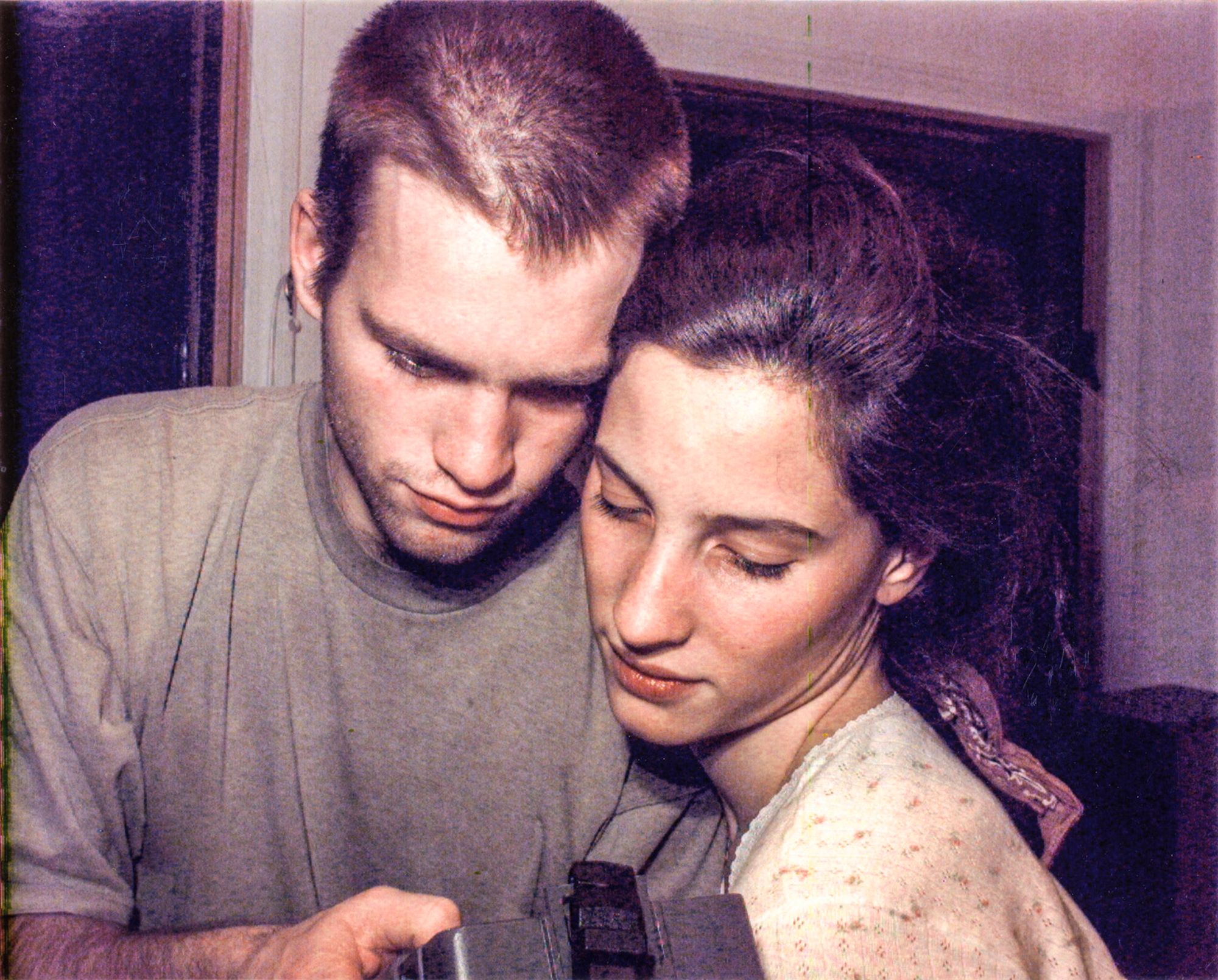
A History of Digital Photography
Lucien Samaha
Lucien Samaha’s A History of Digital Photography brings together three decades of the artist’s work—a time period that corresponds with the rise of digital photography; in 1990, Samaha was the inaugural recipient of Kodak’s Professional Photography Division scholarship, becoming the first person to use Kodak’s DCS 100 Professional Digital Camera System outside the factory floor. Since then, the artist’s pioneering experiments with the form have reflected this radical new era of image-making. This exhibition gives us a deeply intimate account of this history, through Samaha’s obsessive chronicling of the people and places around him.
The invention of digital photography was revolutionary, enabling faster, easier, and more spontaneous images; storage capacities that would have been previously unimaginable; and post-processing that could distort or change the image entirely. Samaha exploited these attributes to create an archive of over a million photographs from his time working as a TWA flight attendant, DJ, and Kodak employee. These archives include the very first digital photographs of a cat, a dinner party, and a couple gazing at their own image instantaneously captured into the screen of a Digital Storage Unit. These “firsts” are shown alongside vitrines of ephemera and every digital camera he has used.
Even when abstract and experimental, Samaha’s work always remains personal. A hallway installation displays irregular, overlapping snapshots that form a dynamic, panoramic overview of Mondo 107, a weekly party he produced and DJed for five years at The Greatest Bar on Earth, on the 107th floor of New York’s One World Trade Center. The last photos of Mondo 107 were taken just days before the building was destroyed on September 11th, 2001. Around the corner hang Samaha’s portraits of friends lost to AIDS, printed on paper with inks that dry slowly over time, leaving the images streaked. Nearby, another series of photographs show the manipulated faces of Viennese transit riders, taken from seventy hours of video and subsequently scanned, cropped, projected onto a mirror, then re-photographed.
As one of the medium’s first adopters, Samaha knew digital photography since its birth, and was able to realize its immense potential when most analog photographers and the marketplace regarded it with doubt and suspicion. As he has seen this technology grow from something scarce to something widely accessible, his work stands out as singular.
Lucien Samaha: A History of Digital Photography is made possible with generous support from the Robert Mapplethorpe Foundation. This exhibition is also supported, in part, by public funds from the New York City Department of Cultural Affairs in partnership with the City Council, and the New York State Council on the Arts with the support of Governor Andrew M. Cuomo and the New York State Legislature.
#ahistoryofdigitalphotography
About the Artist
Lucien Samaha (b. 1958, Beirut) is a New York-based photographer whose work has been shown internationally, including in exhibitions at the Museum für Moderne Kunst, Frankfurt and at the Cooley Gallery, Reed College, Portland. He was a finalist for the 2004 Nam June Paik Award. After his time at TWA, Samaha worked for Eastman Kodak Company and then as a DJ on the 107th floor of the World Trade Center, continuing to document his hours at work and his personal life.